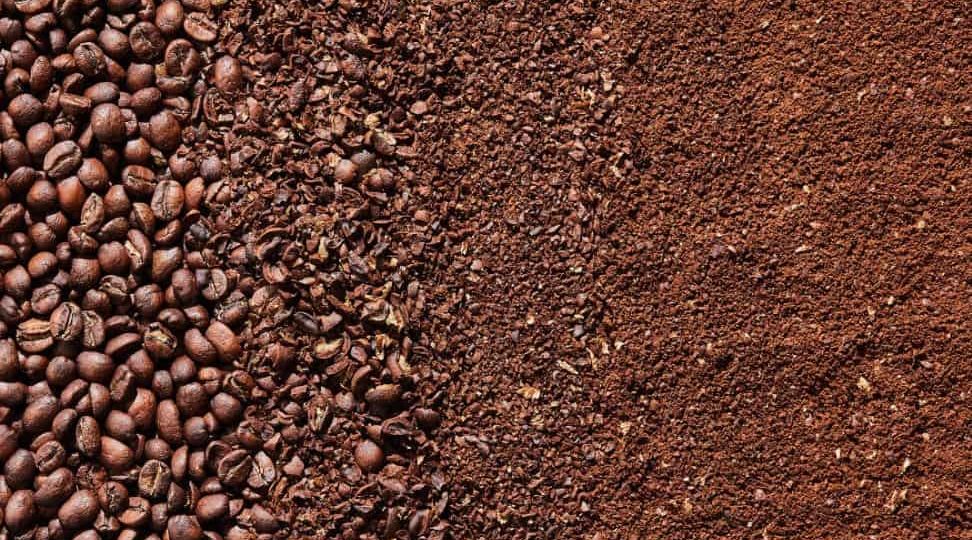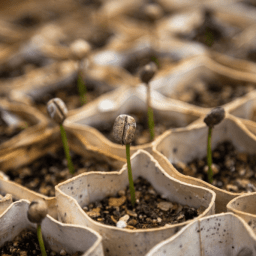
Espresso beans, with their robust flavors and unique characteristics, require precise grinding to unlock their full potential. Unlike regular coffee, espresso demands a fine, consistent grind to achieve the intense and rich flavor profile that aficionados cherish.
The question arises: can standard coffee grinders meet the specific needs of espresso beans? This article explores the capabilities of various grinders and provides insights into achieving the perfect espresso grind.
Types of Coffee Grinders
Burr Grinders vs. Blade Grinders
Burr grinders are celebrated for their ability to produce uniform and consistent grind sizes, a crucial factor for brewing exceptional espresso. They operate by crushing beans between two burrs, offering precision that blade grinders cannot match. Blade grinders, on the other hand, chop beans with blades, often resulting in uneven grind sizes and consequently, uneven extraction.
Manual vs. Electric Grinders
Manual grinders appeal to those seeking control over the grinding process and a more hands-on approach. They require physical effort but offer portability and a satisfying connection to the coffee brewing ritual. Electric grinders, preferred for convenience and efficiency, automate the grinding process, ensuring consistent results with less effort but often at a higher cost.
Specialized Espresso Grinders
Espresso grinders, a subset of burr grinders, are specifically designed to achieve the fine and consistent grind necessary for espresso. These grinders come equipped with finer adjustments to dial in the perfect grind size for espresso, making them a worthy investment for enthusiasts.
The Role of Grinders in Coffee Brewing
The importance of grind consistency and size cannot be overstated in coffee brewing. A uniform grind ensures even extraction, where all coffee particles are exposed to water for the same amount of time, resulting in a balanced and flavorful cup.
The grind size directly impacts the extraction process; too coarse a grind can lead to under-extraction, producing a weak, sour cup, while too fine a grind may cause over-extraction, yielding a bitter taste.
Achieving the Perfect Espresso Grind
The quest for the perfect espresso grind centers on finding the ideal grind size and consistency. Espresso requires a fine grind, similar to table salt’s texture, to ensure optimal extraction. This fine grind increases the surface area exposed to water, allowing for the quick extraction necessary for espresso’s concentrated flavor.
Adjusting the grind size for specific espresso machines is crucial, as different machines may require slightly different grind sizes for optimal performance. Trial and error, along with tasting, are key to dialing in the perfect grind for your equipment.
Burr Grinder Settings for Espresso
For those using burr grinders, settings can vary significantly between models. Popular burr grinders like the Baratza Encore, Virtuoso, and others offer a range of settings suited for espresso, typically between fine settings such as 4-9 for the Encore and Virtuoso models. Adjusting the grind size based on the bean type and desired extraction is essential, as beans differ in density and moisture content, affecting how they should be ground for espresso.
Tips and Techniques for Grinding
When using a blade grinder for espresso beans, although not ideal, it’s possible to achieve a somewhat consistent grind by pulsing in short bursts. This method helps to avoid overheating and burning the beans, though it lacks the precision of a burr grinder.
Achieving consistency with manual and electric burr grinders is more straightforward, as they are designed to produce a uniform grind size. For manual grinders, ensure the burrs are clean and adjust the settings according to the specific bean and desired extraction.
To master espresso grinding, it is essential to understand the mechanics of your grinder and to experiment with settings and techniques. Whether you’re using a manual, electric, or blade grinder, the goal remains the same: a fine, consistent grind that will yield a rich, flavorful espresso. The journey to perfect espresso involves patience, practice, and a willingness to adjust variables as you hone your craft.
FAQs
Can blade grinders be used for espresso beans?
Yes, blade grinders can be used for espresso beans, but they are not the ideal choice. Blade grinders produce inconsistent grind sizes, leading to uneven extraction and a less balanced espresso shot. For better consistency and control over the grind size, burr grinders are recommended.
How does grind size affect espresso taste?
Grind size plays a crucial role in espresso taste. A grind that is too coarse will result in under-extraction, making the espresso taste weak and sour. Conversely, a grind that is too fine can cause over-extraction, resulting in a bitter flavor. The ideal grind size for espresso is fine, which allows for optimal extraction and a rich, balanced flavor.
How often should I clean my coffee grinder?
Cleaning your coffee grinder regularly is essential for maintaining flavor quality and grinder performance. It’s recommended to clean your grinder at least once a week for frequent users and after every use for blade grinders to prevent residue build-up. Regular cleaning ensures consistent grind size and pure flavor.
Conclusion
In summary, the key to a perfect espresso lies in the grind. While blade grinders can technically be used, burr grinders offer superior consistency and adjustability, crucial for achieving the fine grind espresso requires. The grind size directly impacts the taste of espresso, making it essential to find the right setting for your beans and machine.
Regular cleaning of your grinder is also vital to ensure the best possible flavor and grinder longevity. With the right tools and techniques, grinding espresso beans in a coffee grinder can yield exceptional results, enhancing your coffee experience.









